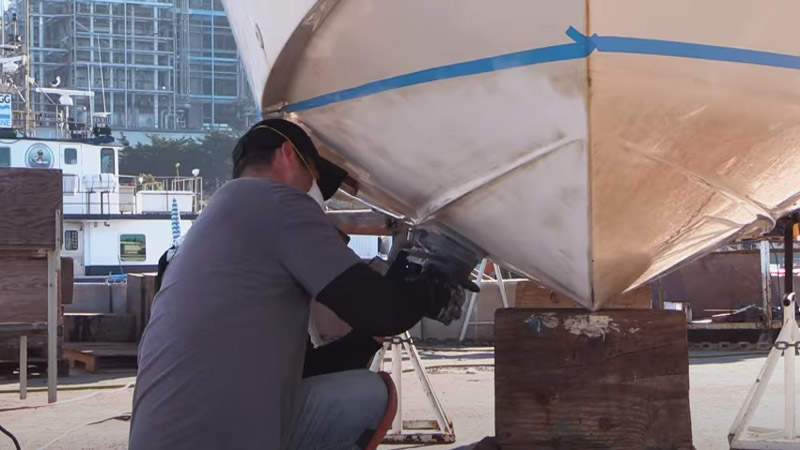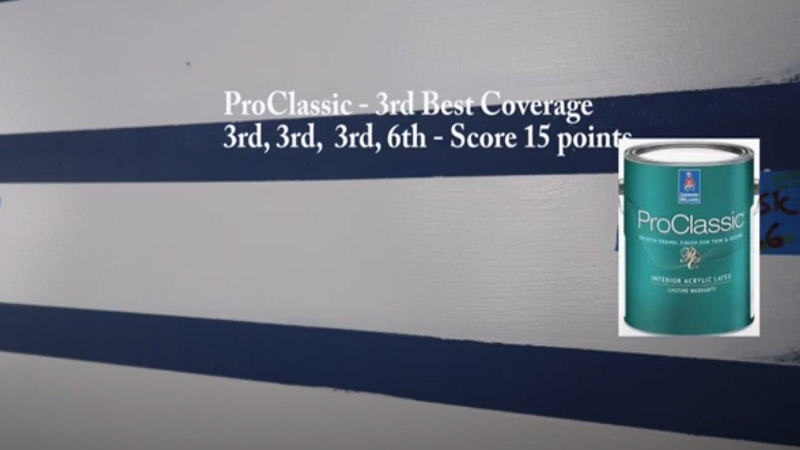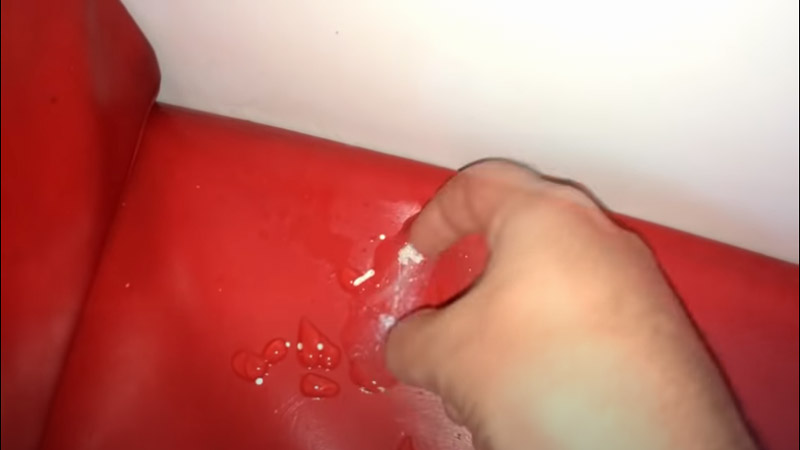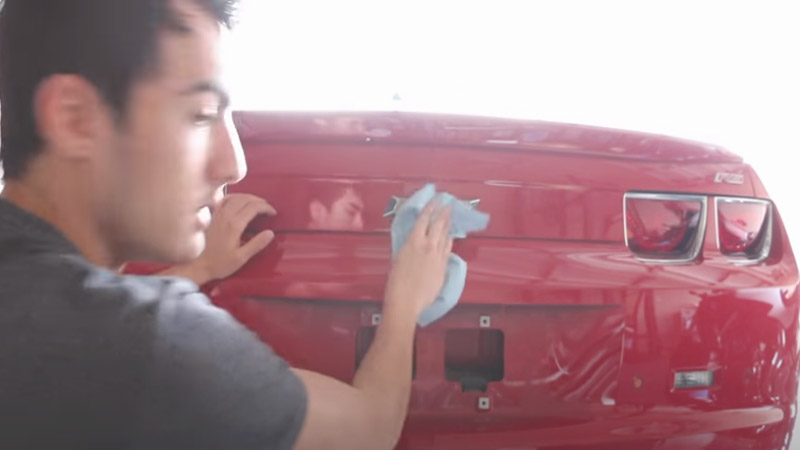Artists use Oil paints to create stunning works of art. If you’re an artist, you need to understand the shelf life of oil paints. You should also ensure their longevity. Your question is “Do Oil Paints Go Bad?” It’s a valid question because oil paints are expensive. You will get an answer, after understanding Oil Paints and Their Shelf Life.
In this article, we will explore the oil paint’s signs of deterioration. And some affecting factors. We also tell you the methods to extend their usability. Let’s learn more!
Contents
Do oil paints go bad?
Yes, oil paints can go bad over time. Oil paints last longer than other paints. It can still go bad if not stored with proper care. Or if they’re past their last date. Air, high temperatures, and contamination can make them deteriorate. Before using the oil paint, check for signs like texture changes, strong smell, or mold. It helps to make sure they’re still good.
The Shelf Life of Oil Paints
Oil paints use for their durability and long-lasting qualities. It has a limited shelf life. On average, most oil paints have a shelf life of five to ten years. But, with proper care and storage, extend the lifespan of your oil paints.
The shelf life of oil paints depends on several factors.
- Quality of Materials
- Storage Conditions
- Contamination
- Exposure to Air
- Clean Tools and Surfaces
- Use Fresh Mediums and Solvents
- Practice Regular Painting
- Rotate Your Paints.
The following factors can help artists determine if their oil paints have gone bad:
Quality of Materials
The quality of the pigments and oils used in the manufacturing of oil paints for longevity. High-quality paints often contain high concentrations of stains and use reliable binders. It helps to get great results for longer shelf life. Lower-quality paints last a shorter lifespan due to inferior ingredients. Get knowledge about Omni Automotive Paint Over Rustoleum.
Storage Conditions
Proper storage and handling play crucial roles in quality and lifespan. Oil paints should store in a controlled environment to maintain their integrity. You should store oil paints in a cool and dry place. Keep it away from direct sunlight.
Proper Storage Techniques
Store them to maximize the longevity of your oil paints. Here are some tips to help you keep your oil paints in good condition:
- Store in a cool, dry place: You should store oil paints in a cool and dry environment. Try to keep it away from direct sunlight and extreme temperature fluctuations. Exposure to heat and moisture can cause the paint to deteriorate.
- Seal the containers: Make sure the lids or caps of the paint tubes or jars seal. This helps prevent air from entering and drying out the paint.
Contamination
Contamination of oil paints can occur when brushes or other tools come into contact with it. Introducing moisture, dust, or other pigments into the paint can compromise its quality. Always keep painting tools clean and separate different colors to avoid cross-contamination.
Exposure to Air
Oil paints can develop skin or crust when exposed to air over a prolonged period. This occurs due to the oxidation process of the oil in the paint. Exposure to air can cause the paint to dry out and become unusable.
Clean Tools and Surfaces
Maintaining cleanliness is essential for preserving the quality of your oil paints. Clean your brushes and palettes after each use. It helps you to prevent any foreign substances from entering the paint. Avoid using dirty brushes or tools when working with oil paints.
Use Fresh Mediums and Solvents
When using mediums or solvents to thin or change your oil paints. You should make sure they are fresh and of good quality. Expired mediums can pact the paint’s consistency and drying time.
Practice Regular Painting
Keeping your oil paints active is key to preventing them from going bad. Engage in painting sessions to ensure the paints mix up and use them. This helps maintain the proper balance between pigments and oils. It also reduces the chances of deterioration. Get knowledge about Acrylic Ink vs Acrylic Paint.
Rotate Your Paints
To avoid excessive aging of certain colors, you should rotate your paints. This means using older paint tubes before newer ones and making sure to use each color. By doing this, you can avoid some tubes staying unused for a long time, which may help them last longer.
Signs of Oil Paint Gone Bad
To determine if oil paint has gone bad, there are several signs to look out for:
Color Changes
One of the first indications of paint deterioration is a noticeable change in color. Over time, oil paints can darken or develop a yellowish tint due to oxidation. Small color changes are normal, but big changes may mean that the paint is no longer good to use.
Separation and Clumping
If you notice the oil and pigment separating or clumps forming in the paint, it’s a clear sign of degradation. Separation occurs when the oil binder and pigments lose their proper emulsion. Then you see an inconsistent and unusable paint texture result.
Unpleasant Odor
Expired oil paints may emit a rancid or foul odor. This odor is a result of the oil binder breaking down and becoming unfit for use. It’s important to note that some oil paints have a natural earthy smell, which is not a sign of spoilage.
Mold Growth
Exposure to moisture can lead to mold growth in oil paints. Mold appears as fuzzy or discolored patches on the paint surface. If mold is present, it indicates that the paint contaminates. And it is no longer for use.
Frequently Asked Questions
Can I still use oil paints that have separated?
It’s not recommended to use oil paints that have separated. The separation indicates a breakdown in the binding agents, affecting the paint’s quality. It’s best to replace them with fresh paints for optimal results.
Can I use oil paints that have a strange odor?
No, if your oil paints have a foul or rancid odor, it’s a sign of deterioration. Using them may result in poor color quality and affect the longevity of your artwork. It’s best to replace them with fresh paint.
Can freezing temperatures damage oil paints?
Yes, freezing temperatures can damage oil paints.
Conclusion
In conclusion, oil paints have a shelf life. If you take proper care and storage, you can extend their usability. Keep an eye out for signs of paint erosion. Check the paint’s odor, separated consistency, mold growth, or color changes. If you observe any of these signs, it’s best to replace the paint to ensure optimal results in your artwork.
Remember, always use high-quality oil paints. So, take care of your oil paints, and unleash your creativity. And continue producing beautiful masterpieces.
I am Anna Grace a painting blogger. Owner of paintingsboss.com
I have owned two painting industry. I have been leading this industry for 15 years. So, I have vast experience about this business and I have also painting experience. I try to solve all problems including their painting, shade and lustures of the paint.
I usually solve all the problems related to painting.
I share on many social platforms what I have learned from this long experience.
The purpose of creating this blog is to share my personal experience and expertise in any painting related problem and troubleshooting.





